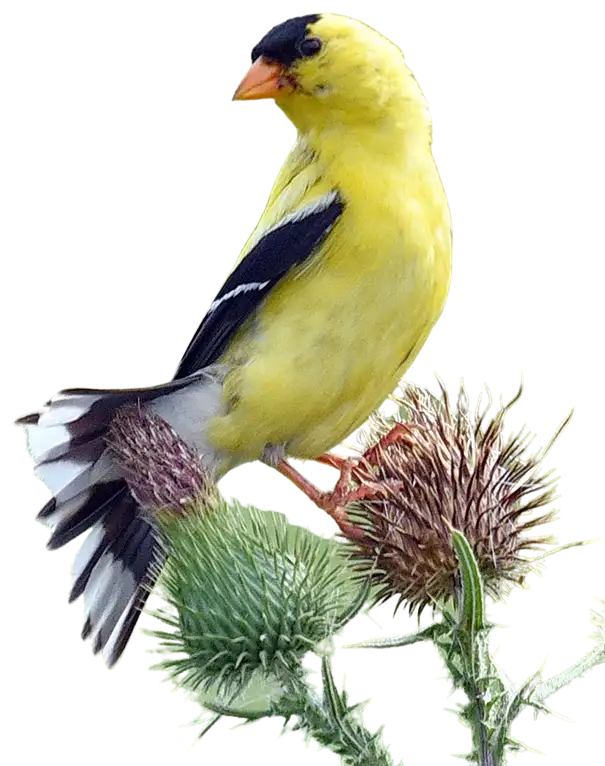Free Fall: Common Genesee Valley Birds in Steep Decline
Our monthly bird watching magazines often include conservation stories from around the country describing a regionally threatened species (e.g. Bachman’s Sparrow) or updates about a rare species for which major restoration efforts are underway (e.g. Whooping Crane and California Condor). It’s good to know how much attention is being paid to these species, but we might be missing a more troubling situation: the disappearance of once common birds in the Genesee Valley.
The newest Partners in Flight species assessment database is now available, and it lists 16 species in our birding region with a status of “Common Birds in Steep Decline” and their concern score:
| Species | % population lost in the last 40 years | Regional Concern Score for Lower Great Lakes (on a scale of 1-20) |
| Bobolink | 52% | 17 |
| Black-billed Cuckoo | 53% | 17 |
| Belted Kingfisher | 53% | 16 |
| Bank Swallow | 56% | 15 |
| Field Sparrow | 68% | 15 |
| Northern Flicker | 52% | 15 |
| Red-headed Woodpecker | 67% | 15 |
| Eastern Meadowlark | 69% | 14 |
| Eastern Whip-poor-will | 58% | 14 |
| Grasshopper Sparrow | 78% | 13 |
| Prairie Warbler | 57% | 13 |
| Chimney Swift | 54% | 13 |
| Ruffed Grouse | 61% | 12 |
| Horned Lark | 56% | 11 |
| Pine Siskin | 71% | 10 |
| Yellow-billed Cuckoo | 51% | 10 |
These are Common Birds in Steep Decline because their populations have declined by an estimated 50% or more during the past 40 years. Nationally, the Common Birds in Steep Decline represent close to a billion or more breeding birds lost over the years. More than just declining populations, there is an as-yet poorly understood impact on ecosystem services and supporting benefits for humans.
The “concern score” itself is scientifically rigid. It is a well-researched number that takes into account the population size, breeding and non-breeding distribution, threats to breeding and non-breeding requirements, and the historic population trend. It is further adjusted based on density of breeding for the species and the percent of the population in a given region.
According to partners in Flight, our Lower Great Lakes region hosts about 15% of all Bobolinks, 7% of all Black-billed Cuckoos, and about 5% of all Eastern Meadowlarks in North America. What befalls these species in our region will put a dent in the larger population.
You might have noticed that these common species each use a different kind of habitat – from urban to forest to grassland to streamside and everything in-between. Scary, huh?
The message here is about awareness. You might take a Northern Flicker or Chimney Swift sighting for granted, but now you know these species are quietly disappearing and we do not know why. It is easier to account for the loss of habitat-specific birds, but the loss of seemingly abundant birds like Belted Kingfishers needs greater attention from Genesee Valley area birders.
Source: Partners in Flight Science Committee 2012. Species Assessment Database, version 2012.



